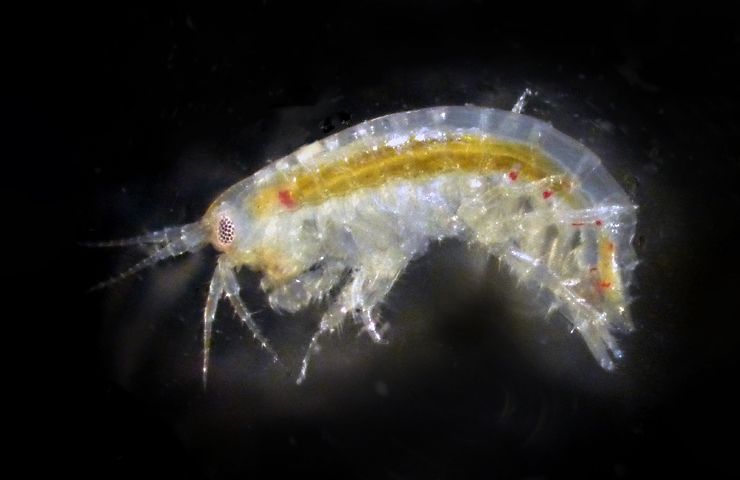
by David Young | Nov 25, 2024 | Arthropods, Plankton
Gammarid Amphipod Photo by Samantha O’Keefe February 19, 2013 Plankton Tow Cadboro Bay, Victoria, British...
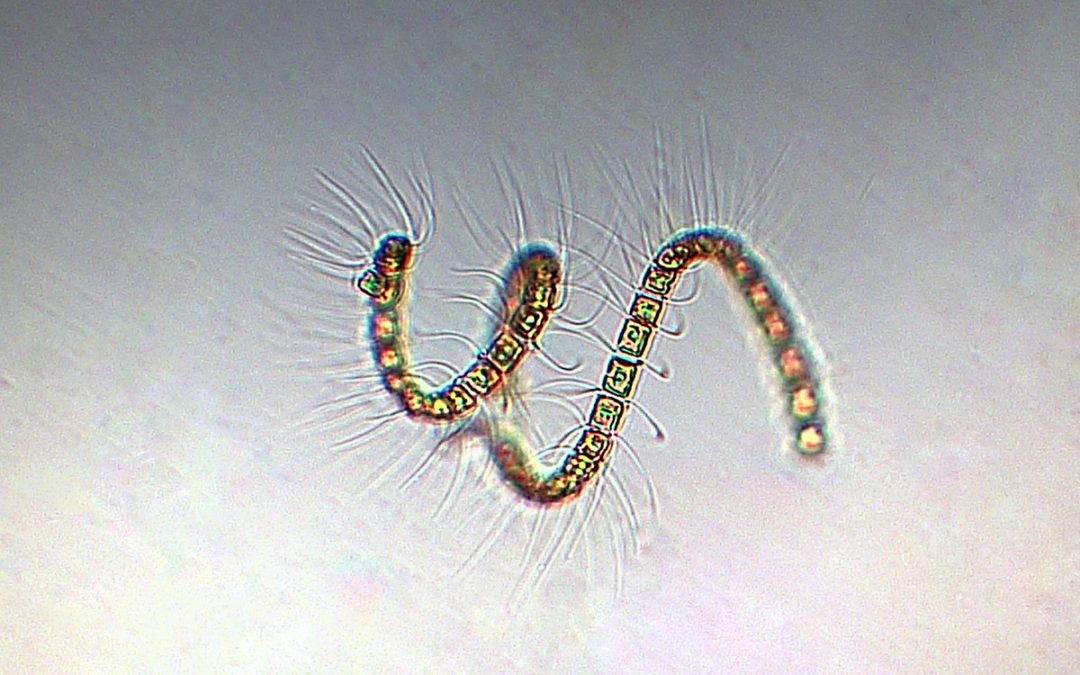
by David Young | Nov 24, 2024 | Plankton
Chaetoceros debilis (Diatom) Plankton Tow: Cadboro Bay, Victoria, British Columbia (D....
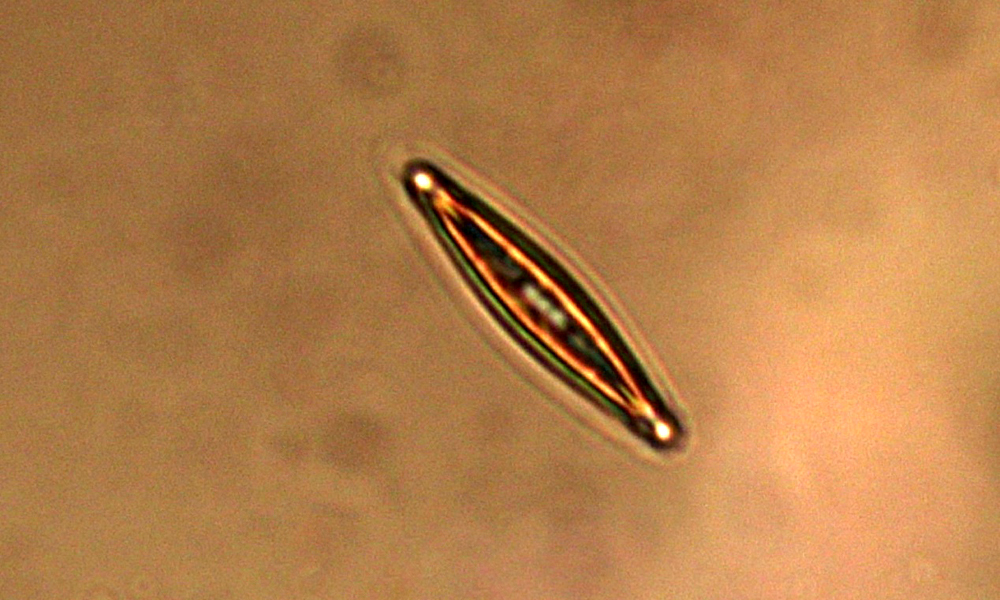
by David Young | Nov 24, 2024 | Plankton
Brachysira (Diatom) Plankton Tow: Cadboro Bay, Victoria, British Columbia, September 18, 2019 Photo: Zoe...
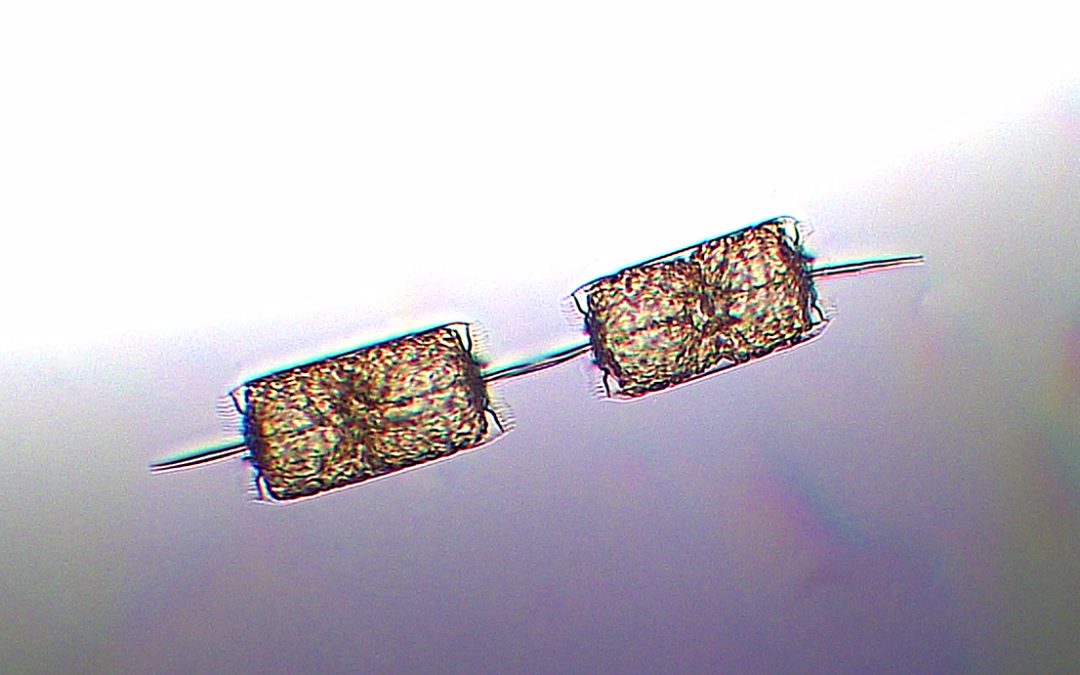
by David Young | Nov 24, 2024 | Plankton
Ditylum brightwellii (Diatom) From Plankton Tow, Victoria, British Columbia (D....
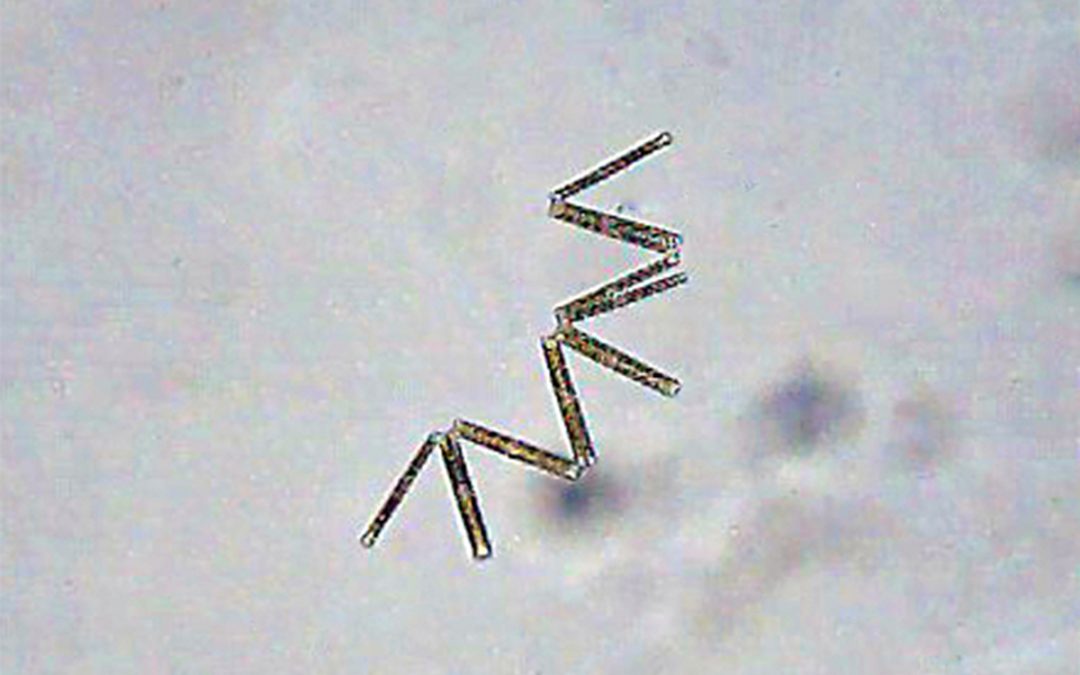
by David Young | Nov 24, 2024 | Plankton
Thalassionema (Diatom) From Plankton Tow, Victoria, British Columbia (D....
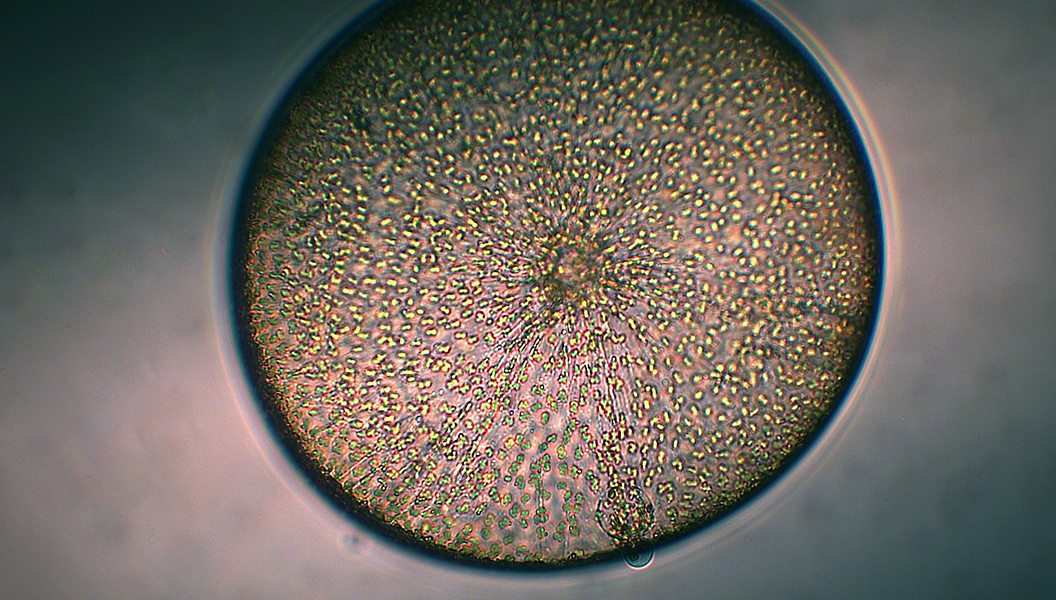
by David Young | Nov 24, 2024 | Plankton
Author: Micaela Day Photos: Zoe Jennings and D. Young Size: Diameter is between 300um and 500um Brief Description: This phytoplankton is apart of the Biddulphiales order and is typically considered as one of the largest marine planktonic diatom genera. Coscinodiscus...






